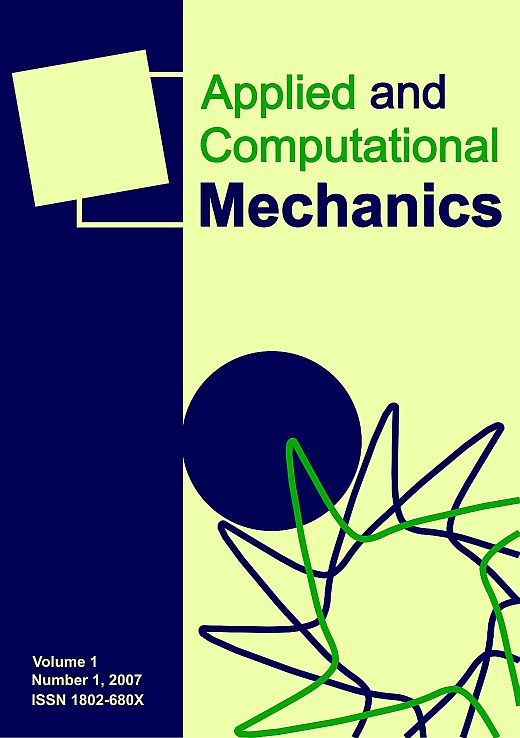Development of an artificial neural network model for estimatingthe radius ratio of a one-layered cylindrical shell
DOI:
https://doi.org/10.24132/acm.2020.533Keywords:
cylindrical shell, radius ratio, circumferential waves, reduced cutoff frequencies, modal isolation plan, artificial neural networksAbstract
The results obtained from previous studies on the acoustic scattering of a plane wave by an elastic cylindrical shell,show that the acoustic resonances of the shell are related to its physical and geometrical properties. In order toestimate the radius ratio of an air-field immersed cylindrical shell, an approach based on artificial neural networkswas proposed, which uses the reduced cutoff frequencies of circumferential waves that propagate around thecylindrical shell. The reduced cutofffrequencies of circumferential waves are extracted using modal isolation planrepresentation. The proposed approach allows us to estimate accurately the values of the radius ratio of the coppercylindrical shell, as well as it can help us to resolve other problems related to acoustic scattering. Furthermore,it can be used to estimate other parameters of the cylindrical shell starting from the characteristics of which it isdisposed. The approach proposed in this study does not present any approximation as in the case of the propermode theory.Downloads
Published
31-Dec-2020
Issue
Section
Articles
License
Copyright (c) 2021 Applied and Computational Mechanics

This work is licensed under a Creative Commons Attribution 4.0 International License.
How to Cite
“Development of an artificial neural network model for estimatingthe radius ratio of a one-layered cylindrical shell” (2020) Applied and Computational Mechanics, 14(2). doi:10.24132/acm.2020.533.







